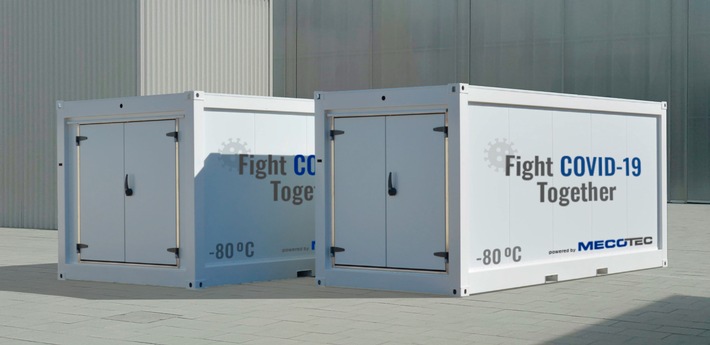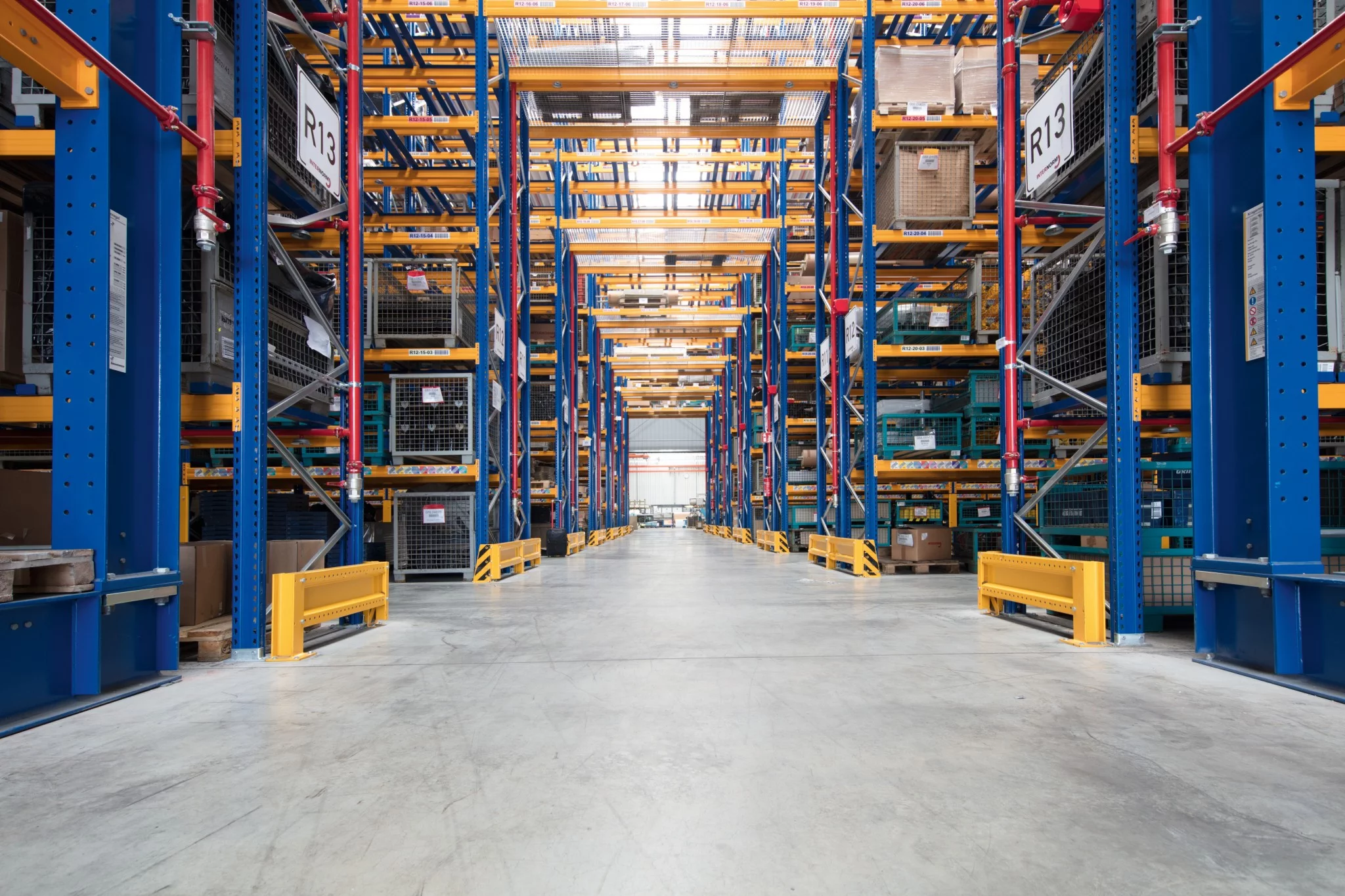Germany’s MECOTEC Group has launched a complete–one-stop solution for the deep-freeze, transport, storage and distribution for COVID-19-Vaccines with its first Mobile Hybrid Container. The company claims it is the first hybrid container solution for ultra-cold transport and storage for vaccines.
- – Transport and storage of up to 1,000,000 vaccination doses in one standard size container at temperatures down to -80°C / -112 °F possible
– Active deep cooling technology ensures safe and controlled transport and storage without dry ice
Vaccine manufacturers, transport and storage providers are facing major challenges in the fight against the coronavirus, as many of these vaccines only retain their effectiveness at temperatures down to – 80°C / -112 °F according to the current state of science. In addition, very few medical facilities have space to store the vaccine in large quantities at constant minimum temperatures.
The MECOTEC from Germany has now launched a complete-one-stop-solution consisting of:
1. Deep-freeze cooling + 2. Transport + 3. Storage & distribution: Immediately after production, the vaccine is frozen on site in a kind of deep cold storage. The vaccines can then be loaded into a container and safely transported to the distribution station at constant minimum temperatures down to – 80°C/-112°F. On site at the distribution station, the transport container then functions as a storage and distribution center.
MECOTEC has already developed a mobile cold store solution as prototype, an industrial solution with which the vaccine can be frozen directly at the manufacturer’s facility. For this purpose, the cold store system is located near production, the machine container is set up outside the production building. Immediately after production, the vaccine is deeply frozen in the cold store. This cold store solution can be set up anywhere where the vaccine is available for deep cooling.
“The project knowledge that we have gained with the development of the prototype as well as our many years of experience in the field of cooling technology made it possible within a very short time to adapt this deep-freeze facility into a transport, storage and distribution container,“ explains Jan Hüneburg, Managing Director at COOLANT, the industrial division of MECOTEC.
“We are pleased that today we can present our Mobile Hybrid Container Solution for the transport and storage of Covid-19-Vaccines and thus make a contribution to a safe and fast supply of the vaccine for people worldwide,“ says the Managing Director of the MECOTEC Group, Enrico Klauer. “Since our system is based on an active deep freezing technology, it does not require dry ice for cooling which makes it also suitable for safe international air transport.”
The process for transport and storage of the COVID-19-Vaccines at constant minimum temperatures down to – 80°C/-112°F is as follows:
The Vaccine Veils are loaded into the mobile refrigerated container in transport packaging and insulation boxes and then transported to the distribution (vaccination) center while maintaining the deep-freezing temperatures down – 80°C / -112 °F. At the distribution center the veils can be taken out individually. The whole process, including the location and the temperature within the container can be monitored centrally.
The complete solution developed by the MECOTEC Group can be used worldwide. “It is our aim to get the vaccine to the people as soon as possible. Therefore we offer several options: Orders for container production can be placed at MECOTEC directly and at our worldwide sales offices. In addition we also offer licensed production,” says Klauer.







